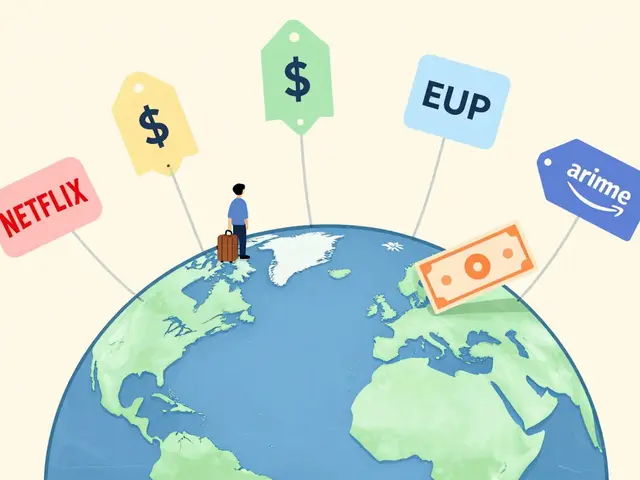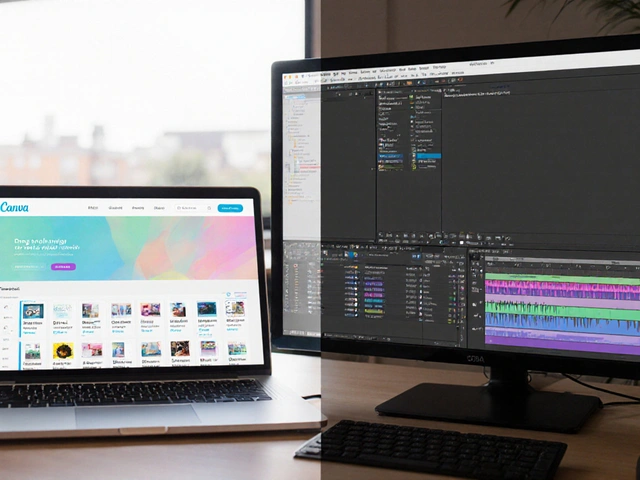Distribution Plan: Simple Steps to Get Your Content Seen
Ever wonder why some videos or articles explode while others sit unnoticed? The secret is usually a solid distribution plan. It’s not magic – it’s a clear map of who you want to reach, where you’ll reach them, and when you’ll drop the content. Below you’ll find a no‑fluff guide that gets you from idea to audience in a few easy moves.
First off, think of distribution as the bridge between your creation and the viewer. Without a bridge, even the best video stays in a dark folder. A good plan tells you which platforms matter for your niche, how to tailor the piece for each, and how to measure whether it works. That way you spend time where it counts, not on endless guesswork.
Map Your Audience and Channels
Grab a quick notes app and list the people you want to reach – age, interests, where they hang out online. Then match each group with a platform: Instagram for visual snippets, LinkedIn for professional angles, YouTube for longer tutorials, TikTok for bite‑size hype. Don’t try to be everywhere; pick the top two or three where your audience shows up most often. This focus saves time and boosts impact.
When you pick a channel, think about the format it prefers. A detailed blog post works on LinkedIn, but the same info can become a 60‑second Reel for Instagram. Repurposing saves effort and lets you speak the language each platform uses.
Schedule, Test, and Optimize
Now that you know the what and where, plot the when. Use a simple calendar or a free tool like Google Sheets to slot out posting dates and times. Start with recommended peak hours – for most platforms that’s early morning or late evening – and note any patterns you see.
After a few weeks, pull the numbers: views, likes, shares, watch time. Spot which slots and formats win, then shift more resources there. Small tweaks, like adding a caption hook or moving a post ten minutes earlier, can lift engagement dramatically.
Don’t forget to align your distribution plan with other marketing moves. If you’re running an email newsletter, tease the new video inside it. If you have a paid ad budget, boost the first post that’s already getting organic traction. Syncing actions creates a ripple effect that pushes the content farther.
Finally, set a quick review habit. Every month, glance at the top three metrics and ask: Did I reach the right people? Did they engage? If the answer is no, ask why and adjust. A distribution plan isn’t a one‑time checklist; it’s a living guide that evolves as your audience does.
Stick to these steps – define audience, pick focused channels, schedule smartly, test, and tweak – and you’ll see your content move from hidden to highlighted. The plan doesn’t need a fancy template; it just needs clarity and a habit of checking the results. Ready to get your next piece in front of the right eyes? Start mapping today.
26
What Is Film Marketing Strategy? Practical Guide with Steps, Examples, and Checklists
Clear, practical breakdown of film marketing strategy: definition, steps, budgets, examples, checklists, and FAQs for indie and studio campaigns.
Latest Posts
Popular Posts
-
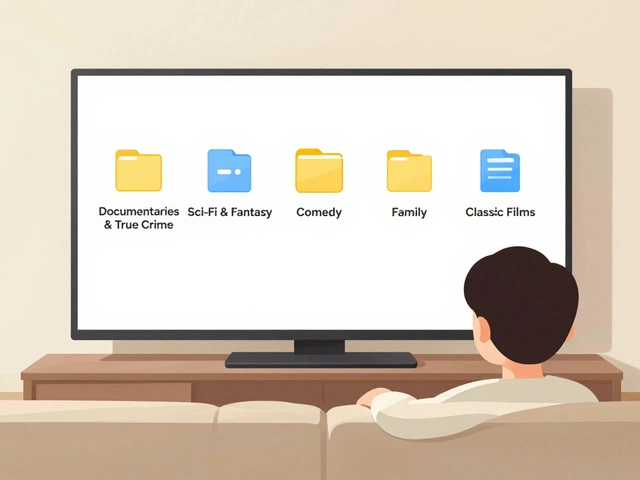 App Layout Strategies: Organize Streaming Services by Genre and Use
App Layout Strategies: Organize Streaming Services by Genre and Use
-
 Best Horror Movies on Streaming Services Right Now
Best Horror Movies on Streaming Services Right Now
-
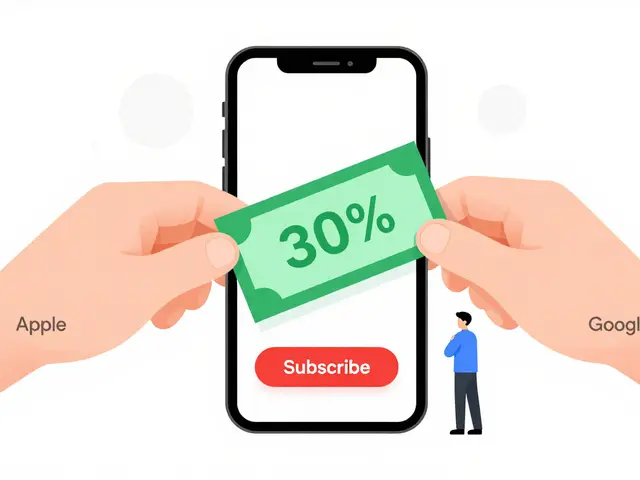 Third-Party Billing: How to Manage Subscriptions Through Apple and Google
Third-Party Billing: How to Manage Subscriptions Through Apple and Google
-
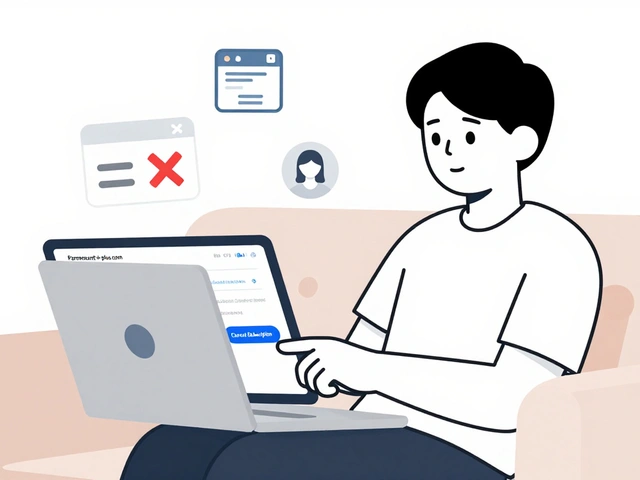 How to Cancel Paramount+: Step-by-Step Guide
How to Cancel Paramount+: Step-by-Step Guide
-
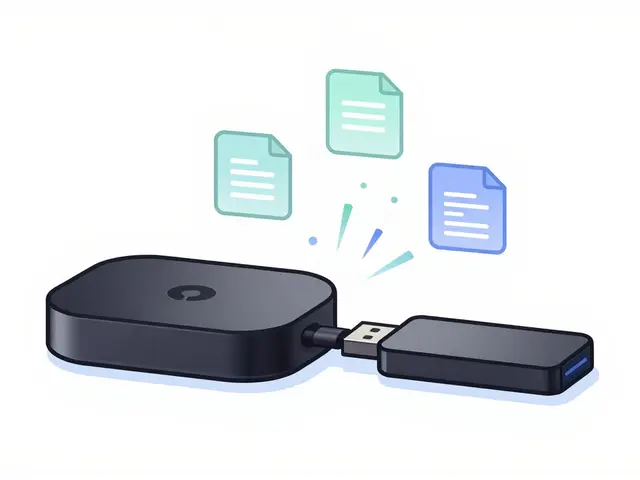 How to Expand Storage on Fire TV with USB Drives and Manage Apps Better
How to Expand Storage on Fire TV with USB Drives and Manage Apps Better

